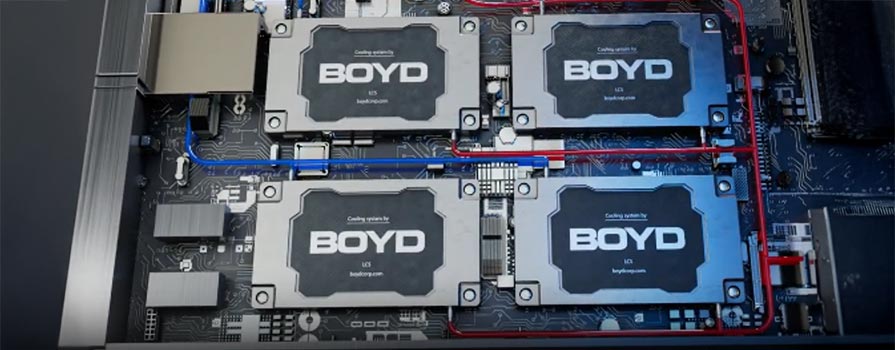Several factors dictate the type of mold or tool that is best suited for producing complex injection molded plastic parts. Understanding the requirements for part design, material type, and product life cycles is essential to evaluating and selecting the optimal mold type. In order to define standards for injection mold construction and corresponding life expectancy, the Society of the Plastics Industry (SPI), now known as the Plastics Industry Association, has established the following mold classifications:
Class 101
This class of tooling offers the highest quality molds compared to its counterparts. When production exceeds one million cycles, Class 101 is chosen for its ability to support high volumes. Designed for extreme durability, the mold base is made with heat-treated stainless steel that is hardened to a minimum of 280 BHN. Other molding surfaces, including the cavities and cores, also offer high wear resistance and can withstand resistance from abrasive additives in the plastics.
Class 102
Supporting medium to high production volumes ranging from 500,000 to 1 million parts, Class 102 molds work best for abrasive materials and/or parts requiring tight tolerances. Similar to Class 101, the mold base and surfaces under this classification are also made with heat-treated tool steel to effectively combat premature wear and tear.
Class 103
Class 103 tooling is typically made with P20 steel and is commonly used for low to medium volume programs, ranging between 250,000 and 500,000 cycles. While only some tools are heat-treated for wear resistance, the mold base is made with a minimum hardness of 165 BHN. Since the base is softer as compared to Class 101 or 102, these tools aren’t recommended for fabricating parts with stringent tolerances. Striking a balance between quality, performance, and cost, Class 103 molds usually fall within the average price range.
Class 104
Moving a degree lower, Class 104 tools are good for manufacturing parts with non-abrasive materials. With the mold base and cavities constructed of either mild steel, aluminum, or alloys, this classification supports low-cost projects and low-volume production, not exceeding 100,000 cycles.
Class 105
Known as prototype tooling, Class 105 is suited only for quick-turn prototypes or volumes under 500 cycles. The molds are made with extremely fragile materials including soft aluminum, epoxy, cast materials, or any other alloys suitable to produce minimum quantities. These tools exhibit accelerated wear and tear, low strength, and minimal durability.
While Boyd typically utilizes class 101 through 103 for the majority of its production, Classes 104 and 105 tooling are occasionally employed for lower-volume production. Utilizing the above SPI mold classification to determine the correct mold type for your project is crucial to ensure process repeatability, minimize production downtime, and reduce defects and scrap rate. With extensive experience and technical know-how, the engineering team at Boyd can help guide you through the unique parameters for each classification to select the best mold type to meet your quality, production, and cost objectives. To learn more about our tooling and which plastic injection molding solution is right for your next project, reach out to our experts.





